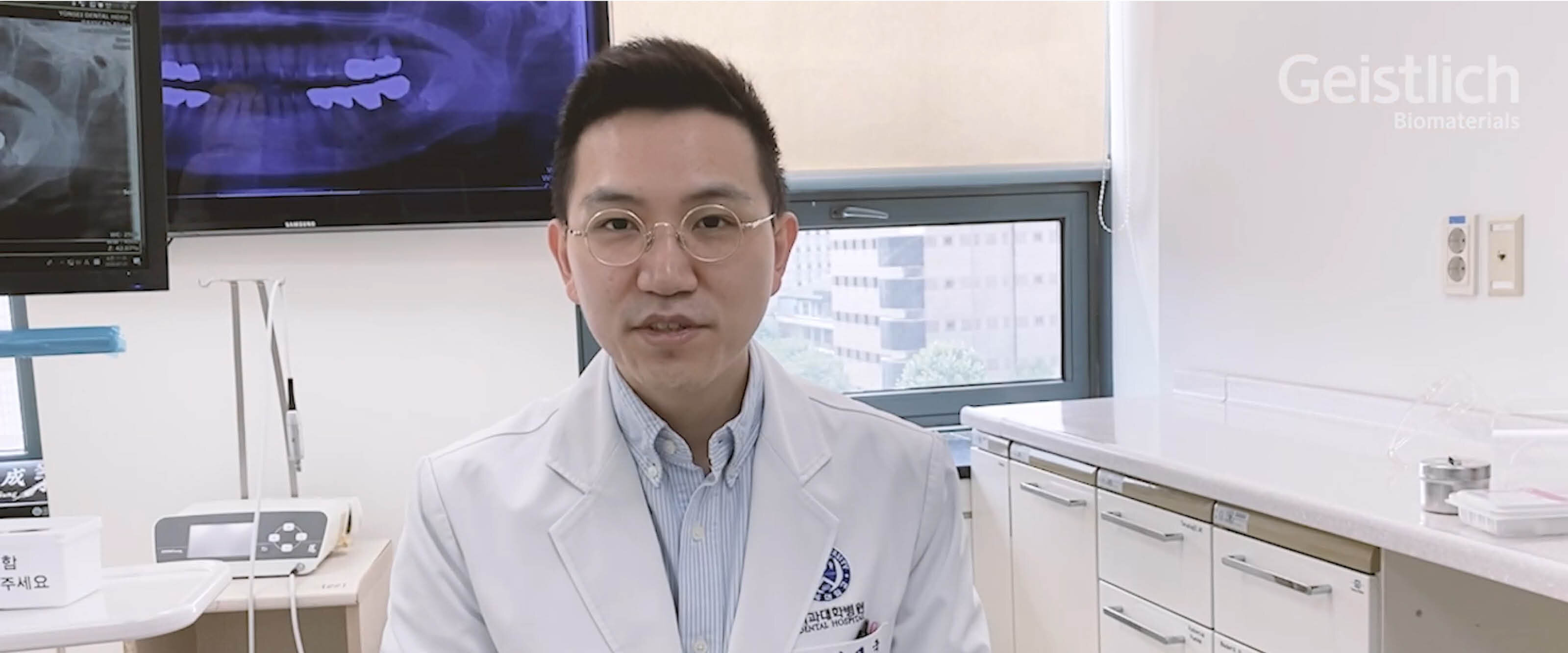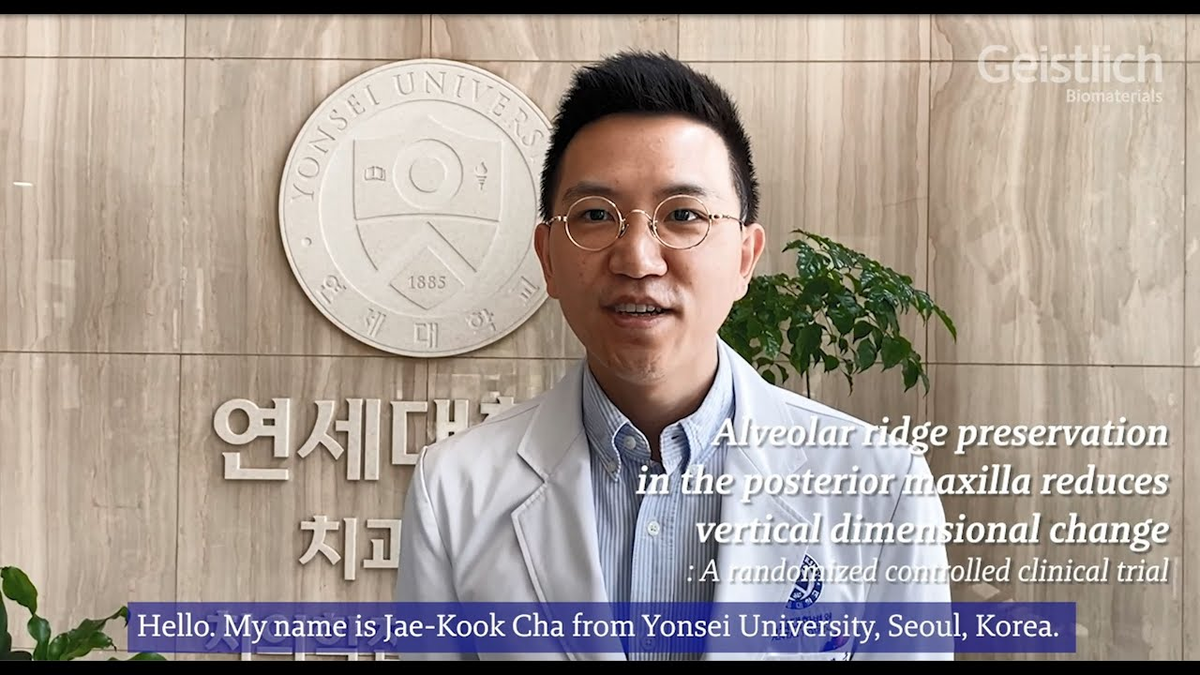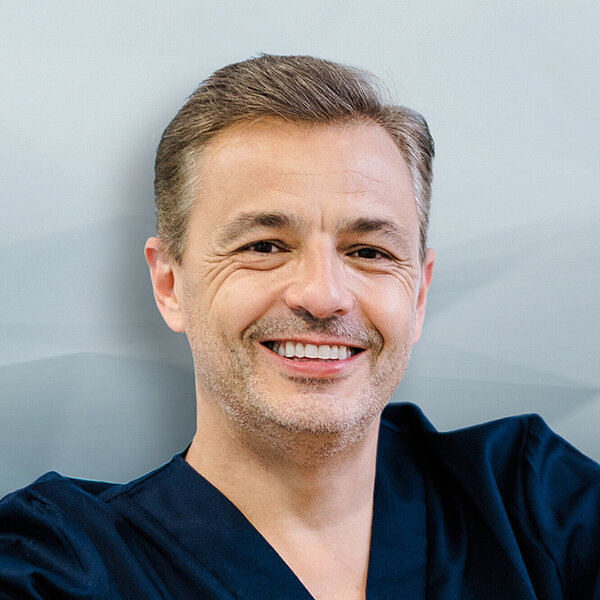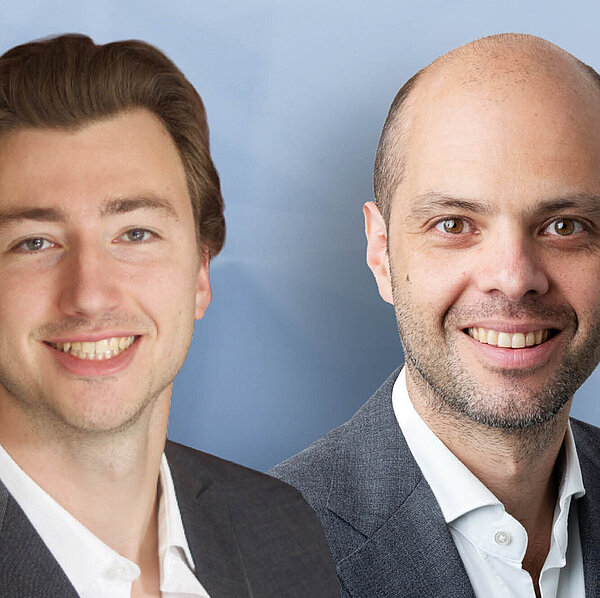
Can ridge preservation prevent sinus lift?
"Using advanced biomaterials for ridge preservation not only enhances the stability of dental implants but also significantly improves patient outcomes."

Innovative Clinical Trial Design
The clinical trial1 conducted by Prof. Jae-Kook Cha from Yonsei University, Seoul, Korea, addressed the challenge of vertical dimensional changes after tooth loss, focusing on the effectiveness of ridge preservation procedures. This trial enrolled 40 subjects in need of tooth extraction from the posterior maxilla, specifically choosing patients whose root apices projected into the sinus cavity, as determined by cone beam computed tomography (CBCT). The study highlighted the strategic importance of socket preservation in managing changes within the sinus cavity post-extraction.
Significant Findings
Participants underwent tooth extraction, with the test group receiving advanced ridge preservation using a combination of bone grafting materials: Geistlich Bio-Oss® Collagen and Geistlich Bio-Gide®. In contrast, the control group received no supplementary treatment, offering a clear comparative analysis of outcomes. Six months post-procedure, CBCT scans revealed that the test group experienced stable sinus floor levels, avoiding the typical sinus pneumatization seen in the control group, which averaged 1.1 mm of height loss. This demonstrated that the strategic application of ridge preservation significantly maintained alveolar ridge height, impacting subsequent placement of dental implants.
Implant Dentistry and Patient Outcomes
The study's results are important because they show that ridge preservation can significantly reduce the need for more complex sinus lift surgeries later on. In the group that received ridge preservation, about half were able to get dental implants without needing additional bone augmentation. On the other hand, everyone in the group that did not receive the treatment needed additional augmentation procedures to prepare for implants. Therefore, ridge preservation makes the surgery process simpler, less invasive, and time-saving, which is beneficial for both the dentist and the patient. The use of special materials like Geistlich Bio-Oss® Collagen and Geistlich Bio-Gide® in ridge preservation helps prepare the area in the back of the upper jaw for implants, reducing the need for more surgery and speeding up the healing process.
Conclusion
This study from Yonsei University highlights the critical role of innovative biomaterials in enhancing the outcomes of implant surgeries, particularly in the sensitive area of the posterior maxilla. By integrating advanced biomaterials and meticulous surgical techniques, dental professionals can achieve superior results that align with the high expectations of today’s dental patients.
Reference
1. Cha JK, et al.: Clin Oral Implants Res 2019 ; 30 : 515-23.






